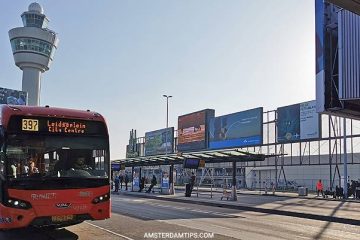Understanding MS13: Origins, Activities, and Impact

Introduction
The MS13 gang, also known as Mara Salvatrucha, has drawn significant attention due to its violent activities and influence across the Americas. Originating from Salvadoran immigrants in Los Angeles during the 1980s, the gang has become synonymous with crime, migration issues, and community safety. Understanding the complexities of MS13 is essential for grasping the broader themes of gang violence and drug trafficking in contemporary society.
Origins and Development
MS13 was formed in the early 1980s as a response to the plight of Salvadoran immigrants fleeing civil war in El Salvador. The initial purpose was to provide protection against other gangs, but over time, it evolved into a powerful criminal organisation with deep roots in drug trafficking and extortion. The gang established a presence not only in the United States but also in Central America, particularly in Honduras and Guatemala, showcasing its transnational nature.
Current Activities
As of 2023, MS13 remains active in various criminal enterprises, including drug smuggling, human trafficking, and arms dealing. Recent law enforcement efforts have focused on dismantling their operations, resulting in multiple arrests and crackdowns in both the U.S. and Central America. Authorities claim that the gang’s influence extends into local communities, where they often exert control through fear, violence, and intimidation. These dynamics have led to a complex interplay between public safety and civil rights, complicating local and federal responses.
Impact on Communities
Communities affected by MS13 grapple with high levels of violence, and many families are forced to relocate or live in fear. The gang’s violent reputation has also led to increased militarisation of policing in these areas. The societal implications of gang violence are serious, often resulting in disrupted educational opportunities, poverty, and cycles of violence. Consequently, addressing the root causes of gang membership—such as poverty, lack of education, and limited opportunities—remains a pressing challenge for authorities and community workers alike.
Conclusion
As studies and discussions surrounding MS13 continue, understanding its origins, activities, and effects on society will be increasingly important. The intersection of crime, migration, and community safety poses challenges for policymakers and law enforcement. Moving forward, a multi-faceted approach involving community engagement, social investment, and regional cooperation may provide pathways to mitigate the influence of MS13. Ultimately, addressing the issues at the grassroots level is vital for fostering safer communities and preventing the cycle of gang violence from perpetuating.








